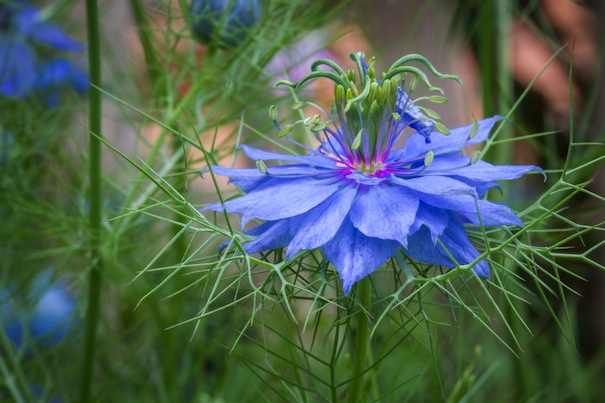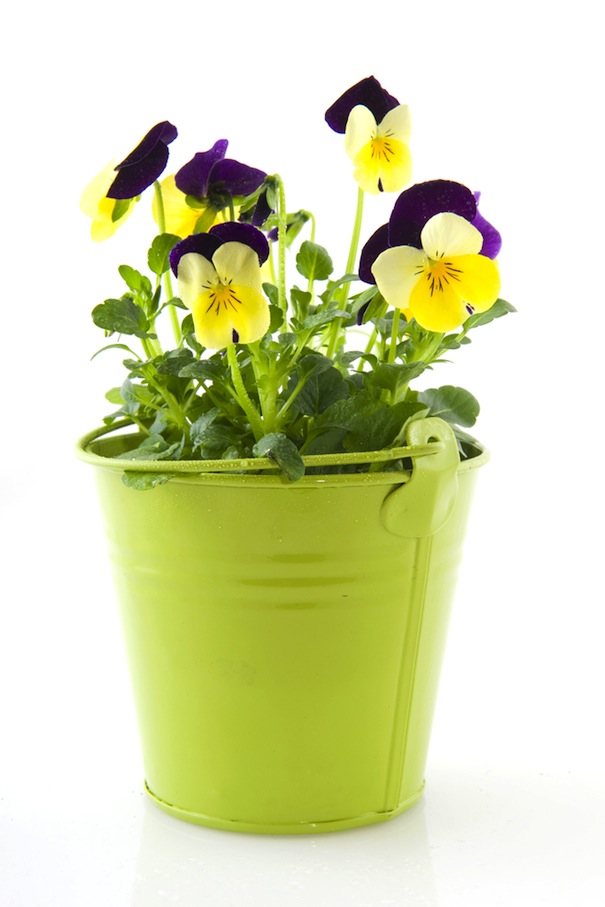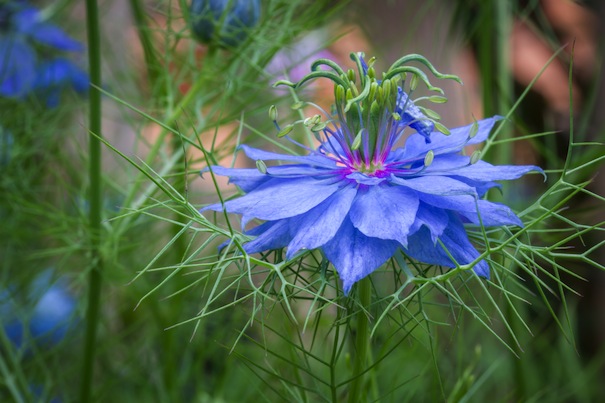
As your garden springs into action, March is a busy month for planning, preparing and planting….
Fertilise
If you didn’t finish clearing up leaves left on borders in the autumn because it was too wet, do so now before you top dress with fertiliser. Use a general fertiliser such as Growmore, Fish, Blood and Bone or 6X. Lime hating plants such as Camellias and Rhododendrons should be dressed with an ericaceous fertiliser, which contains the essential trace elements they need. Well-rotted manure and bark can be added as a mulch and will help keep weeds at bay.
Herbaceous plants
There are plenty of young herbaceous and alpine plants available in the garden centre now, so start filling in the gaps in borders with lupins, campanulas or hollyhocks – if possible plant in groups of 3 or 5 for instant effect. If planted soon enough most of these will give a good display of flowers in their first year. Any clumps of old herbaceous that need splitting can be done now as they come into growth – keep the younger clumps from the edges and throw away the older middle sections if not required elsewhere. Once polyanthus and primroses finish flowering they can be split and replanted.
 Planters and hanging baskets
Planters and hanging baskets
If you’ve got any tubs planted up with pansies and polyanthus, dead head regularly and remember to water if we get several mild dry days. Pots that are planted with permanent plants will also benefit from the addition of slow release fertiliser and fresh compost on the top.
Plug plants of geraniums, fuchsia and hanging basket plants are all now available for potting up. Remember that they need some heat especially at night and March can still give us some sharp frosts, so either keep them inside the house or make sure your greenhouse has some night heat, preferably around 10 degrees centigrade.
Planting out
Don’t be too hasty putting soft plants out into the garden in March as it can be a change-able month weather wise. Even on sunny days, temperatures can dip to freezing at night and March winds can be very destructive to new plant growth.
Hardy annuals such as Candytuft, Eschscholtzia, Nigella and Molucella (Bells of Ireland) can be sown directly into well prepared ground.
Lawns
Check your mower or have it serviced over the next few weeks, as work on lawns can begin in March and April. When the lawn starts growing, start with a light cut, then gradually drop the mower height. If you’ve got any bare patches, lightly fork over to loosen up the ground and re-seed with grass seed or use Scotts Patch Magic, which contains everything you need in one container. Moss and weed killer can be applied to the lawn from spring onwards if the weather is mild.
Roses
As rose bushes come into full leaf, spray with a combined fungicide and insecticide to prevent blackspot, mildew and to control any early infestations of aphids. Continue this at fortnightly intervals to keep pests and diseases under control. We tend to get more blackspot today due to the fact that the air is of better quality as there is much less pollution from factories – the sulphur that came from factory chimneys controlled the blackspot.
Vegetables
Complete the digging over of the vegetable patch, making sure you’ve added some well-rotted manure or compost especially if you’re growing runner beans. Add a general purpose fertiliser such as Growmore or 6X. If the weather is mild enough, start planting broad beans, onions, early peas, carrots, shallots and hardy herbs – mint, rosemary,= and lavender. Potatoes can be started off, but remember to protect against late frosts. Planting a few into pots that can be protected at night will give an early crop of new potatoes. Sow small amounts of seed at regular intervals, to yield a succession of crops.
Start off tender vegetables under protection; tomatoes, peppers, courgettes and cucumbers all need to be kept warm, especially at night. If you’re not comfortable with the heat in your greenhouse, neither will your tomatoes and cucumbers be. It’s always best to be a bit cautious and sow later rather than earlier.
During sunny mild days open the vents and doors of your greenhouse and allow in some fresh air, remember to shut them up whilst it’s still warm and you’ll retain the heat for longer and save on heating fuel.
 This month’s tips were provided by:
This month’s tips were provided by:
Ann Winwood from Lealan Garden Centre, Wolverhampton.






